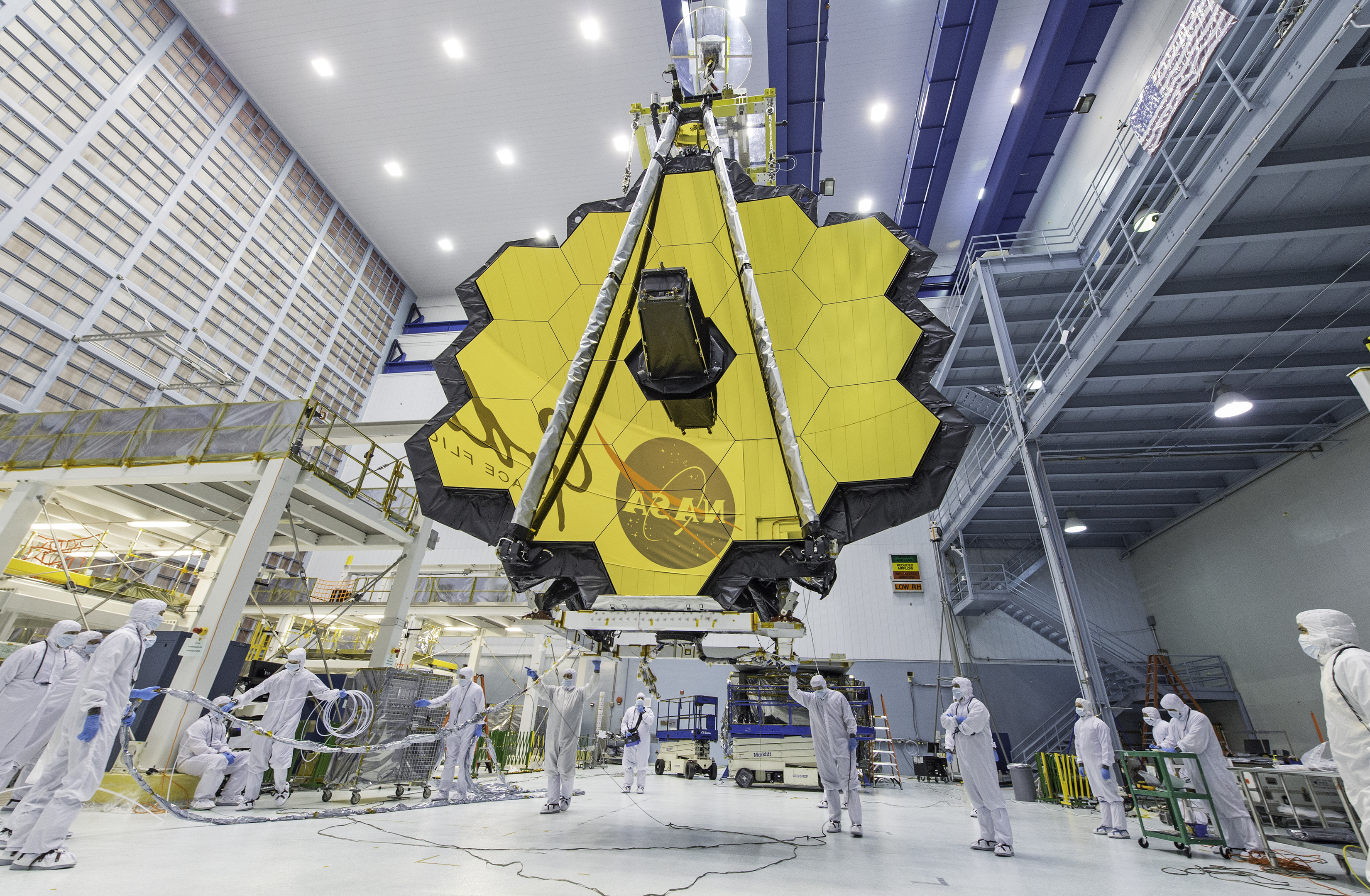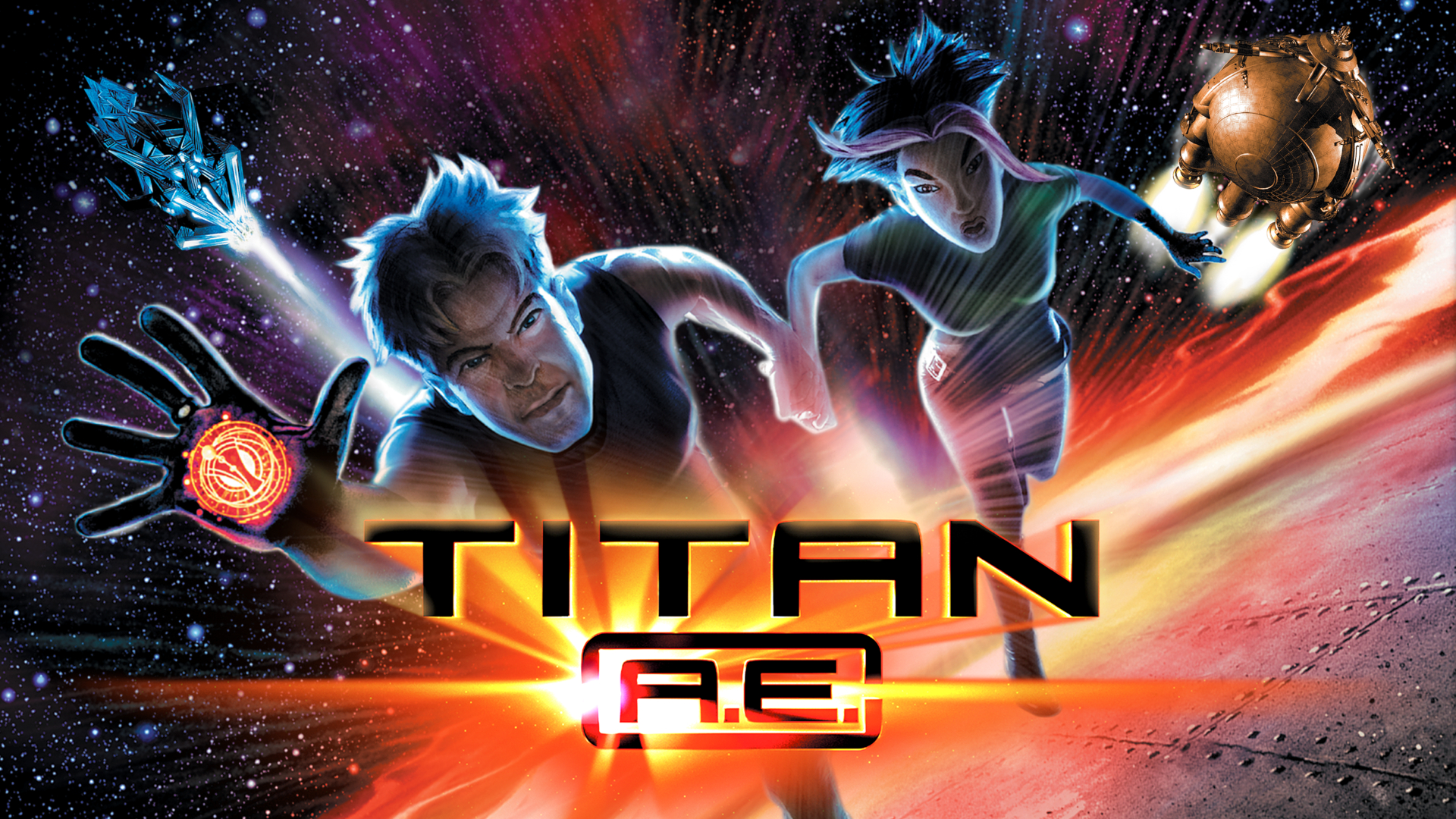NASA and the Oscars Share a Golden Space Tech Link
The gold-plated Oscar trophies featured in ceremonies this Sunday (March 4) have a special space connection, according to NASA.
The same process that coats the trophies will also help the agency's $8.9 billion James Webb Space Telescope look at faraway galaxies, NASA officials said.
Gold is a useful substance in space because it doesn't tarnish. It reflects light in infrared wavelengths, making it easier for James Webb to spot distant objects. Gold also blocks absorption of radiant heat from telescope instruments. For example, James Webb, which is scheduled to launch next year, employs gold to coat the 32-foot (10 meters) refrigerant tube that cools its Mid-Infrared Instrument. [Photo Tour: Building NASA's James Webb Space Telescope]
Typically, instruments in space are gold-coated using a vapor-depositing method, NASA officials said. In a vacuum environment, the metal is heated up until it turns into a gas. The gas subsequently condenses on the desired surface in a fine layer. However, this process makes gold fragile and causes it to lose some reflectivity.
"We’ve seen many times over the years that somebody will put a nice gold coating on something, but as soon as you bend it, all of a sudden a whole layer of gold will peel up and flake off," John Gygax, an engineer at NASA's Goddard Space Flight Center, in Greenbelt, Maryland, said in a statement.

A company called Epner Technology came up with a solution to that problem — using "electroplating" technology to apply the gold. Electroplating generally requires using electric currents to coat one metal (such as copper) with a more precious metal (such as gold), according to ExplainThatStuff.com.
Get the Space.com Newsletter
Breaking space news, the latest updates on rocket launches, skywatching events and more!
NASA Goddard turned to Epner when it was looking for a better way to coat the Webb telescope's instruments. Epner said its electroplated gold was more reflective than vapor-deposited gold — a claim that checked out after NASA tested it in space-like conditions, agency officials said.
The company's proprietary technique has been in use in aerospace since the 1990s; it also has been working with NASA since the 1970s. Epner perfected its electroplating process through its work on a gold-plated mirror for an instrument aboard NASA's Mars Global Surveyor orbiter, which operated at the Red Planet from 1997 through 2006, and a gold-plated secondary infrared mirror on both of the W.M. Keck Observatory telescopes in Hawaii.
"In order to meet the needs of both aerospace projects, Epner tweaked its proprietary processes to ensure the highest possible reflectivity while also achieving a hardness triple that of pure gold," NASA officials said in the same statement. "The trick, Epner explains, was in modifying the electric current to get a more tightly packed atom. Because the gold remains pure, the reflectivity remains extremely high."
Epner's work on Webb and other aerospace projects also got the attention of the Academy of Motion Picture Arts and Sciences, which had a problem with its Oscar trophies. The trophies were previously cast in tin alloys, which were in turn plated with gold. While the gold looked brilliant on stage, it eventually wore off. Epner started work with the Academy in 2016.
"We guaranteed that our gold coating will never come off," company president David Epner said in the same NASA statement.
The company has promised to replate any Oscar that needs it.
"That's something I’ll never have to make good on," David Epner said.
Follow us @Spacedotcom, Facebook or Google+. Originally published on Space.com.
Join our Space Forums to keep talking space on the latest missions, night sky and more! And if you have a news tip, correction or comment, let us know at: community@space.com.

Elizabeth Howell (she/her), Ph.D., was a staff writer in the spaceflight channel between 2022 and 2024 specializing in Canadian space news. She was contributing writer for Space.com for 10 years from 2012 to 2024. Elizabeth's reporting includes multiple exclusives with the White House, leading world coverage about a lost-and-found space tomato on the International Space Station, witnessing five human spaceflight launches on two continents, flying parabolic, working inside a spacesuit, and participating in a simulated Mars mission. Her latest book, "Why Am I Taller?" (ECW Press, 2022) is co-written with astronaut Dave Williams.
